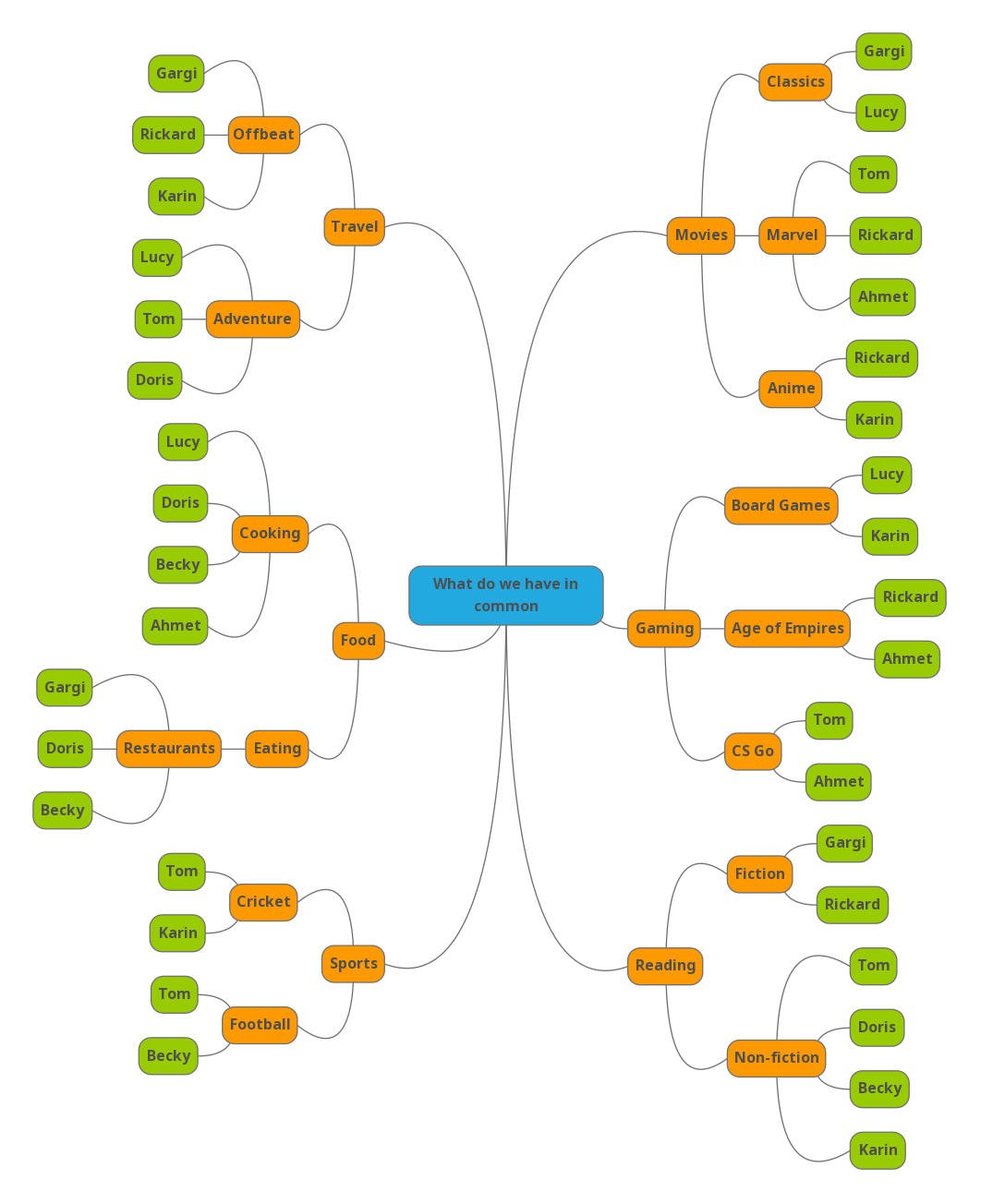The pandemic resulted in a 100% remote working model for team members working in different time zones and different locations.
Building software is a social activity. The team is trying to model a complex world into working code via analysis, design and communication. Remote working makes this hard.
Studying many different teams has shown that some teams perform well without loss of productivity and extra stress, whilst other teams struggle to perform at the same level of productivity without putting in more effort.
When teams moved to a hyper-distributed environment, they ended up in one of two states: Fatigue or Happily Productive.
Ranked by importance, patterns that are common to all the high productivity teams are:
Team Cohesion (discussed in this blog)
Engineering and Delivery Patterns
Asynchronous Everything
We found a 7% to 10% increase in productivity in teams following these patterns, compared to the teams not following them.
Team cohesion
Team cohesion is the most important aspect which affects how well a fully remote team delivers value. There are three main aspects:
Bonding among the team members
Understanding each other’s strengths and weaknesses
Alignment to overall company culture
With physical separation we lose the ability to build relationships and learn about each other organically.
Teams often try to recreate this by having evening ‘virtual coffee catch ups’ and other after-hours meetings. However, these are often not well attended due to zoom fatigue.
Team bonding activities are not ‘a nice to have’, which we can tack on at the end of the work day. They are as essential as any other meeting or huddle. So it is important to do them during the working hours. It sends a message to every team member that we need to try and learn more about each other and make a conscious effort to grow these interpersonal relationships.
Techniques to facilitate team cohesion
Spin The Wheel: A simple exercise which randomly pairs up two people from the team and they have to get into a video call and have a 15-minute conversation.
Asynchronous Coffee Chat: Have an open chat channel where people can put in questions and comments and tag each other. This lets the respondents reply back when they are free. This lighthearted conversation keeps the morale up.
Bond on a Personal Project: Pick a long running project like pickling onions or learning a skill together. This helps the team have a common topic to discuss which is not related to work.
What do we Have in Common: Invest the time to put together a map of all the topics that the team members have in common. This could be common interests, from sports to books. The leaf nodes are the team members and the branch nodes are interests.


Team Strengths Map: Teamwork is about knowing each other’s strengths and leveraging it. For example, if a developer is working on a certain browser compatibility issue, it is much easier to ask someone who may have an expertise in this.
Team Interests and Knowledge Heat Map: Break the application details into a map. An example node would be “Integration with Leasing”. This map quickly allows people to identify the person who is most likely able to help them.
Druker Exercise: Run this exercise to help identify the working styles of each team member. It explores questions like:
What am I good at?
How do I perform?
What do I value?
What contribution can be expected from me on this project?
Belbin Exercise: It helps to understand teammates’ work-related traits; such as Shaper, Implementor, Completer, Co-ordinator, Team Worker, Plant, Monitor Evaluator, Specialist and Resource Investigator. This level of understanding of each other on the team makes interpersonal interaction a lot more empathetic and effective.
Organizational culture
We will soon have a lot of new employees who have never been to our offices or met their colleagues in person.
Let the Right One In: Hiring becomes even more important and the cultural affinity round becomes critical in understanding the candidate's suitability.
Live the Values: Add networked cultural custodians to the team. They help live the values in day-to-day interactions.
Fireside Chats: Myth building and sharing war stories are a critical part of any organization's cultural DNA. Keep time aside for small group fireside chats.
Other Critical Habits:
Micro Appreciation: Appreciate every little bit of effort the team and team members have put in. This constant appreciation of each other’s effort makes a huge difference to the work culture and morale.
Micro Feedback: If you observe something that in your opinion could be done differently/better call it out politely.
Small Team Gatherings Over All Hands Meetings: Only use All Hands Meetings to have a unidirectional communication of information.
In conclusion, to achieve Happy Productive, start with getting your team cohesion right.
Credits: Ammara Gafoor, Aastha Akella, Puja Khemka, Paulo Caroli, Chris Ford, Sameer Soman, Doris Rosmann-Begg
Disclaimer: The statements and opinions expressed in this article are those of the author(s) and do not necessarily reflect the positions of Thoughtworks.


















